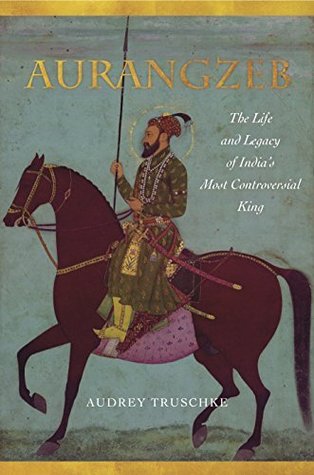More on this book
Community
Kindle Notes & Highlights
They omit altogether that Aurangzeb consulted with Hindu ascetics on health matters and employed more Hindus in his administration than any prior Mughal ruler by a substantial margin.
Contrary to popular belief, for instance, Aurangzeb never oversaw a large-scale conversion program that offered non-Muslims a choice between Islam or the sword. Aurangzeb did not destroy thousands of Hindu temples (a few dozen is a more likely number). He did not perpetrate anything resembling a genocide of Hindus. In fact, Aurangzeb appointed Hindus to top positions in his government. He protected the interests of Hindu religious groups, even ordering fellow Muslims to cease harassing Brahmins. He tried to provide safe roads and basic law and order for all of his subjects.
“Hindus” of the day often did not even label themselves as such and rather prioritized a medley of regional, sectarian, and caste identities (e.g., Rajput, Maratha, Brahmin, Vaishnava). As many scholars have pointed out, the word Hindu is Persian, not Sanskrit, and only became commonly used self-referentially during British colonialism.
The Mughals inherited a Central Asian custom that all male family members had equal claims to political power.
By the time of Aurangzeb’s death, in 1707, the population of the Mughal kingdom was double that of contemporary Europe, and Mughal landholdings reached an all-time high.
Akbar had sponsored the first Persian Ramayana, one of the two great Sanskrit epics and a key theological text for many Hindus by this period, in the late sixteenth century.
Hindus were 22.5 percent of all Mughal nobles. That percentage hardly budged in either direction under Shah Jahan, and, in the first twenty-one years of Aurangzeb’s reign (1658–79), it stayed level at 21.6 percent. But between 1679 and 1707 Aurangzeb increased Hindu participation at the elite levels of the Mughal state by nearly 50 percent. Hindus rose to 31.6 percent of the Mughal nobility. This dramatic rise featured a substantial influx of Marathas as a strategic aspect of expanding Mughal sovereignty across the Deccan.
Shivaji allied with numerous Islamic states, including Bijapur, Golconda, and even the Mughals when it suited him (sometimes against Hindu powers in south India). Shivaji welcomed Muslims within his army; he had qazis (Muslim judges) on his payroll, and Muslims ranked among some of his top commanders. Mughal alliances and the imperial army were similarly diverse, and Aurangzeb sent a Hindu, Jai Singh, to besiege Shivaji at Purandar. Modern suggestions that Marathas who resisted Mughal rule thought of themselves as “Hindus” defying “Muslim” tyranny are just that: modern.
Aurangzeb is commonly thought to have banned music throughout his empire, a misunderstanding that scholars such as Katherine Schofield have corrected but has yet to filter into popular awareness (Aurangzeb only limited certain types of music within his own court).
Most glaringly, Aurangzeb counted thousands of Hindu temples within his domains and yet destroyed, at most, a few dozen.
Richard Eaton, the leading authority on the subject, puts the number of confirmed temple destructions during Aurangzeb’s rule at just over a dozen, with fewer tied to the emperor’s direct commands.


